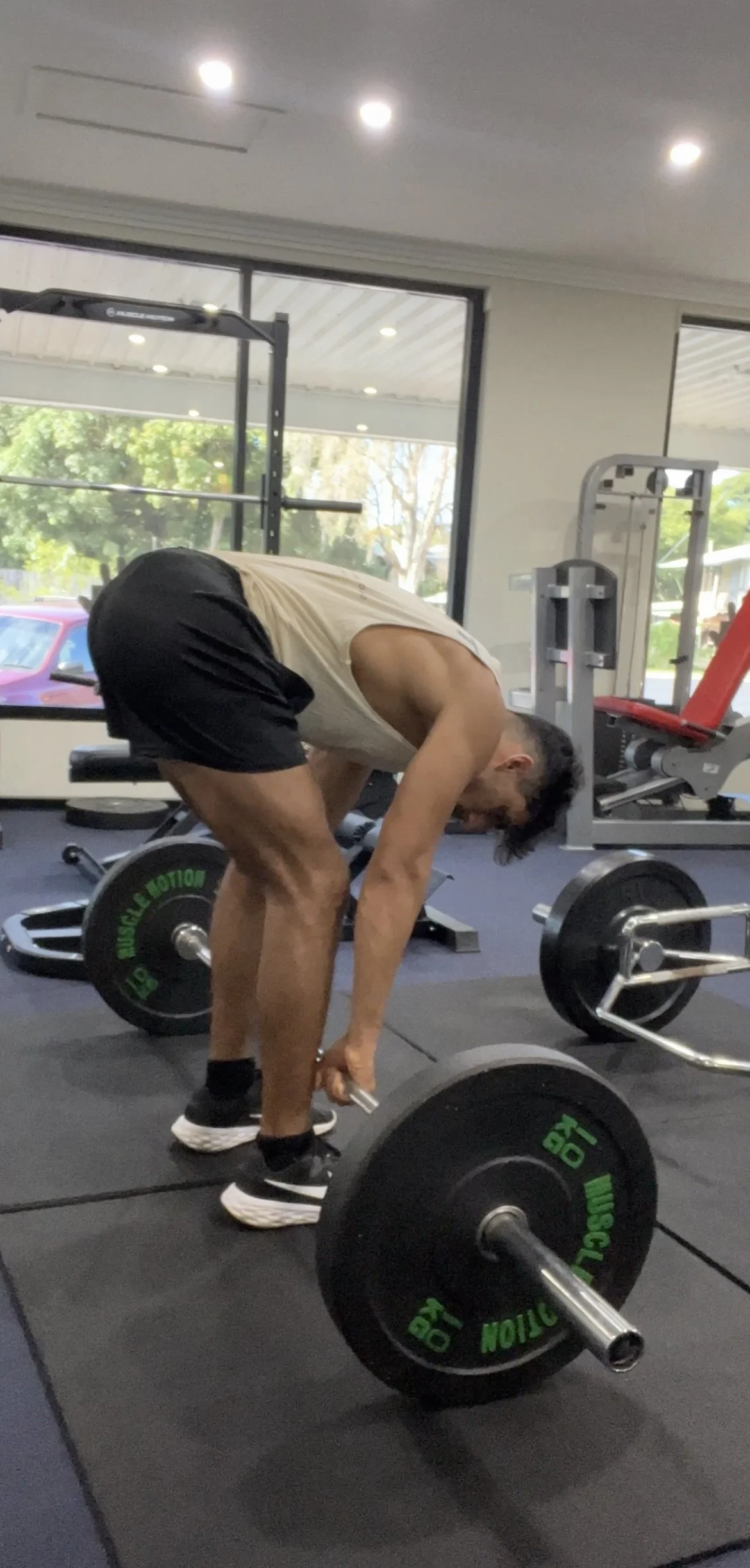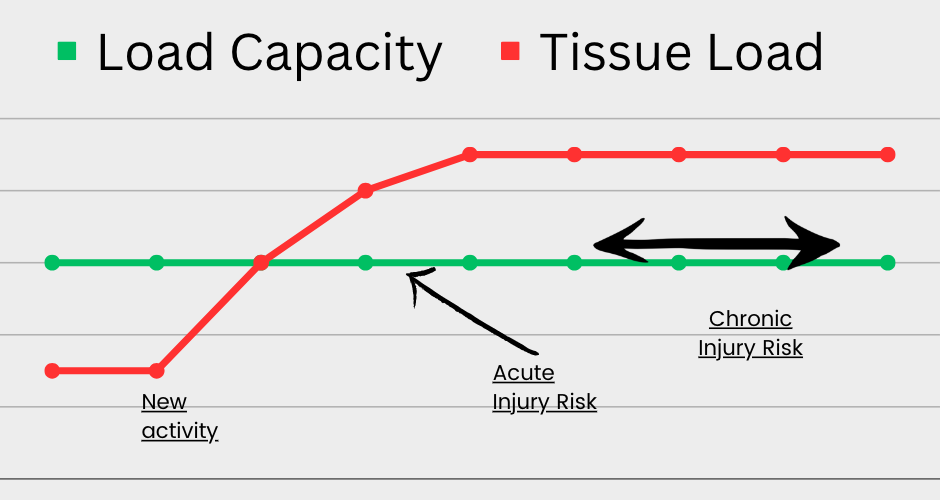Lifting with a Bent Spine Is NOT Bad For You
Our spines bend 2000 - 4000 times per DAY… NOT A TYPO!
Flexion of the spine is a normal movement which occurs naturally during activities in our daily lives. Getting out of bed, standing from sitting, tying your shoelaces and yes LIFTING FROM THE GROUND all require some degree of spinal flexion!
Our backs are incredibly resilient and designed to cope with the stresses that we place upon them everyday. We have big strong vertebral bodies, robust facet joints either side, thick strong supporting ligaments, a huge number of supporting muscles and discs which act a shock absorbers!
Whilst injuries to the spine can occur, our backs also have the ability to heal! In fact studies seem the show that for the discs of the lower back, the larger the degree of injury the more potential for healing.
In addition, research has proven that most of the time, there is no correlation between changes found on scans such as MRI’s and lower back pain. In fact, over 90% of lower back pain has no specific cause.
Before we go any further it is important to note that “no specific cause” does not mean simple. In fact its the complete opposite….. Lower back pain is so complex that in most cases blaming one single structure shows a LACK of understanding.
So What Does This All Have To Do With Bending Forwards?
We have been told for years that we must lift by bending our knees and keeping our backs straight.
As physio’s we have preached strengthening and improving control within the neutral zone.
However, more and more evidence is emerging that shows us that we were actually wrong the whole time!
Numerous studies have shown us that stooped lifting is NOT a risk factor for developing lower back pain. It also doesn’t prolonging the duration of painful episodes or increase the risk of reoccurrence.
In fact stooped lifting has many benefits. Including being quicker, using less energy, placing less demand on the heart and lungs and a lot of the time being more convenient.
Given that we bend our spines thousands of times per day, we should be aiming to improve our ability to do so, not try and avoid it.
“But I injured my back lifting with a bent spine”
Most non-traumatic injuries can be explained using the load-capacity model.
All the musculoskeletal tissues in our body such as muscles, tendons, discs and ligaments, have a certain capacity. Loading is the amount of stress we place upon these tissue with our daily activities.
If the amount of load exceeds the capacity that we have, either acutely or over a long periods of time, then there is a risk of injury.
Examples of this would be a back injury after doing a lot of lifting whilst moving house (acute increase in load), or a flare up of back pain 3 months after starting a job which involves repetitive lifting.
Most of our tissues have the ability to increase their capacity for loading. When exposed to heavy weight training muscles can quite quickly get bigger and stronger.
Structures such as the intervertebral discs have the same ability to increase their capacity. Though admittedly this is at a much slower rate.
OK…. So What?
With this theory in mind have a think for a second………
You can spend years and years developing lifting capacity with a straight spine, but if you don’t regularly expose yourself to lifting with a bent spine your capacity within this position remains very low.
So when you do bend forwards, lift something heavy and it leads to an injury YOU CANNOT BE SURPRISED and knowing what we do now, you cant blame the lifting position!
The Answer
We have 2 options here. We can either
1) Treat our spines like the amazing, strong, adaptable structures that they are. Building our capacity and tolerances to all kinds of different positions over time, leading to a stronger, more resilient and more capable back.
or
2) Stick our heads in the sand, run away from the problem, avoid bending forwards as much as possible and continue in the cycle of injury-recovery-injury.
Here at Maximise all our physiotherapists are very experienced at rehabilitating all kinds of lower back pain and presentations. We understand that lower back pain is complex, different for everybody and requires an individualised approach.
Speak to the team today for a comprehensive approach to your treatment and management!




